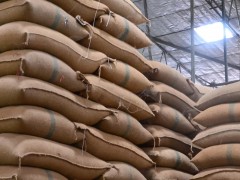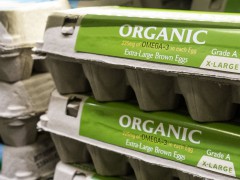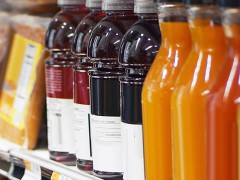While we are on the subject of high fructose corn syrup’s death-match with the sugar lobby, the Food Lab at Serious Eats conducted a semi-scientific taste test of the Mexican Coca Cola phenomenon. The sample size is probably too small for real statistical analysis but it is worth a quick read nonetheless. The test subjects could discern a difference between the products, but they preferred the taste of American.
Mexican Coca Cola is one of my favorite subjects. Most sodas made with cane sugar command fierce loyalties, but Mexican Coke is a trend that has been growing nationwide for years will not go away.
The sugar schism is a product of agricultural policy. Subsidies, production caps, and standards of identity may be dreary and bureaucratic subjects, but they have a dramatic effect on how food is made. Price distorting policies and food labeling regulations percolate through the food system and alter the way food is produced and consumed. As an ag-law geek, the Mexican/El Norte cola challenge illustrates a host of important food law and food policy issues and brings them together within a single, ubiquitous beverage.
For food producers in the United States, HFCS is the sweetener of choice for two reasons. One reason is that the United States Department of Agriculture subsidizes the overproduction of corn. As a result, domestic manufacturers have access to a sweetener they can purchase at a price below its true cost of production.
The second reason is that the price of the alternative sweetener of choice, refined sugar, is artificially high. The USDA limits the amount which sugar producers can produce through a market allotment, which is just another way to say ‘production cap’ or ‘quota’. The federal government loans money to sugar producers on a revolving basis and crops are used to secure the loans. Limiting the sugar supply by capping production is one way to guarantee that sugar loan programs operate at no cost to the Federal Government.
This results in price distortion. The quota scheme creates a relatively high price floor for refined sugar. The price floor enriches the refiners but ensures that refined sugar makes its way into fewer products than its competitor, HFCS.
Free market principles, in Mexico instead of the US, have determined the type of sweetener used in the Coca Cola made there. Mexico has neither an excessive corn subsidy or a price support system for refined sugar. Producers in Mexico use refined sugar because it is the economical local alternative, absent market-distorting subsidies and production caps.
According to the test kitchen results, the cola divide is more perception than taste. Even if the difference is illusory, the vehemence of cola aficionados is good news, for it shows that our insanely invasive and complex labeling requirements actually work. Some consumers remain fanatically loyal to one bubbly sugar water instead of another not because of what their senses tell them, but because of what it says on ingredient labels.

















